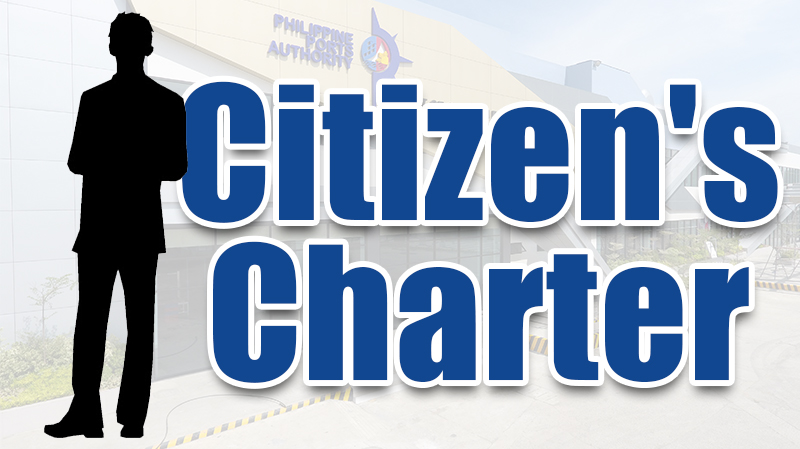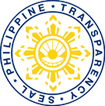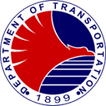“We cannot stop natural disasters, but we can arm ourselves with knowledge: so many lives wouldn’t have to be lost if there was enough disaster preparedness.” —Petra Nemcova (Supermodel, survivor of 2004 Thailand tsunami)
The Department of Science and Technology-Region 10 in celebration of their 2019 Regional Science and Technology Week, had enjoined various concerned government agencies and local Disaster Risk Reduction and Management (DRRM) units from the provinces of Misamis Oriental, Misamis Occidental, and Camiguin to a DRRM forum on 12 November in Valencia City, Bukidnon.

The forum was conducted primarily to promote disaster awareness and preparedness among citizens. Regional Director Gonzales Jr. of the Office of the Civil Defense Northern Mindanao remarked that the community is the first responder during calamities and the cooperation among community members is very important especially in the formulation of plan of actions and dissemination of early warning information.
Through the resource speakers from the Philippine Institute of Volcanology and Seismology (Phivolcs), The Philippine Atmospheric, Geophysical and Astronomical Services Administration (PAG-ASA), and Mines and Geosciences Bureau (MGB) X, participants were informed about the geohazards in Northern Mindanao, natural disasters that the Philippines is at risk of, and the technologies used by the cited agencies to detect and/or record the disasters. New web applications were also introduced that aim at encouraging people’s participation in the monitoring, information dissemination, and reporting of natural disasters in their locality, such as HazardHunterPH (hazardhunter.georisk.gov.ph) that enables people to get hazard assessment reports on an area; and the Project LIGTAS through which citizens can send real-time report to the MGB about landslide incidents in their area.
Phivolcs informed that Northern Mindanao is prone to geologic hazards such as earthquakes and volcanic activity, with the presence of active faults (Central Mindanao Fault), Linugos River Fault, Cabanglasan Fault, Tagoloan River Fault, Lanao Fault System, and Mindanao Fault: Western Mindanao Extension) and volcanos. Albeit earthquakes are unpredictable, it is essential for the people to know the basic, “Duck, Cover, and Hold” when inside sturdy buildings during the tremors and immediately evacuate towards an open area. Information and tools are also available to help make communities safer and resilient to disasters. The agency has Philippine Seismic Network with 104 total seismic stations nationwide, with 26 of them are in Mindanao. This network aims at providing accurate and timely information on significant earthquakes and tsunami occurrences that may impact the country.
Mindanao PAG ASA Regional Service Division Weather Services Chief, Mr. Anthony Joseph R. Lucero discussed the agency’s early warning capacities, weather forecasting, community-based flood warning system, among others. He clarified that PAG-ASA’s official website is: www.bagong.pagsa.dost.gov.ph, for the public to get the accurate information.
MGB-X Senior Geologist Jenisse Dowell N. Medel made emphasis that geohazard information must be taken seriously, such as active fault lines, landslide prone areas, among others.
PMO MO/C disaster preparedness
In consonance to the wide information awareness campaign on disasters such as earthquakes, the ports under the PMO MO/C’s jurisdiction (Ports of Cagayan de Oro, Balingoan, Benoni, and Opol) have been actively participating in the quarterly National Simultaneous Earthquake Drill (NSED). The drill aims to test the efficiency and usefulness of the PMO’s response, recovery, and contingency plans; and their coordination and communication mechanism during response operation. This is also served as a way a means to promote awareness among employees and port stakeholders and equip them with the necessary knowledge, attitude, and practice in response to this disaster.
The fourth quarter NSED was conducted on 14 November 2019.
—by IMR Lam


















